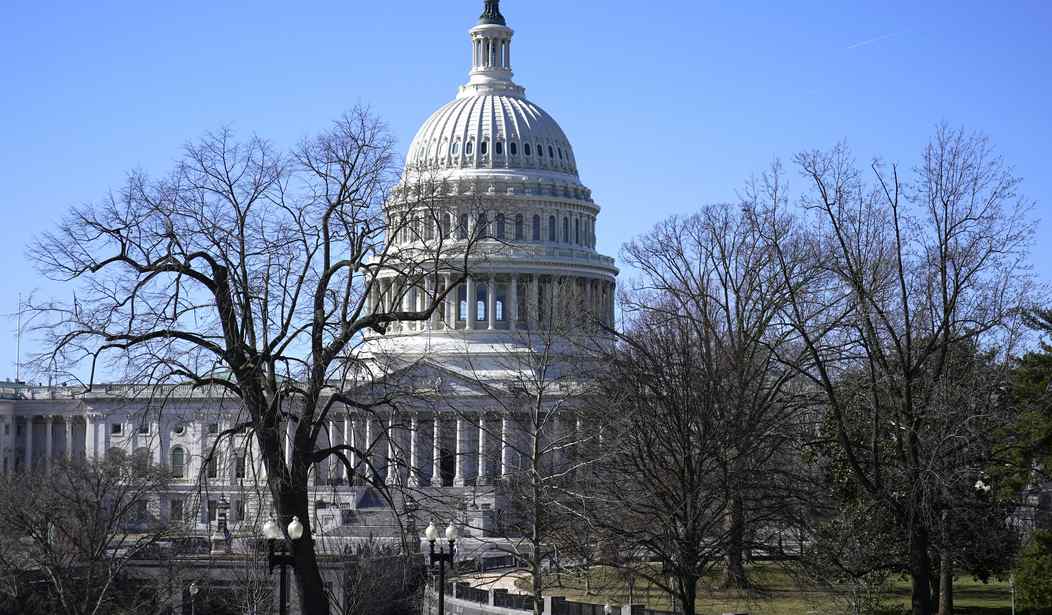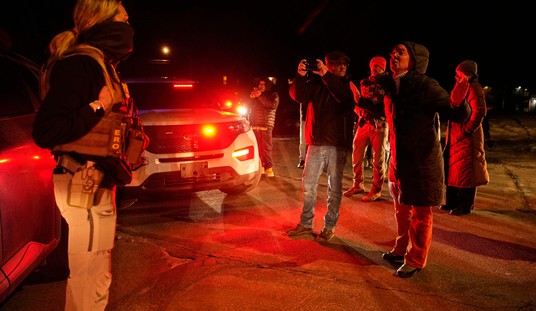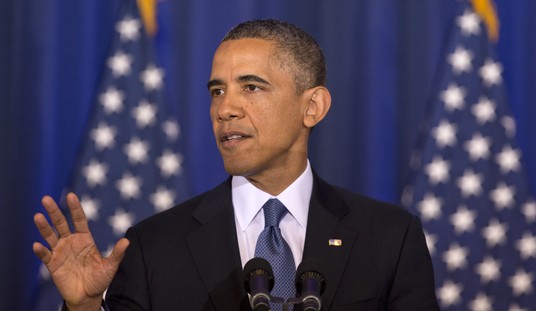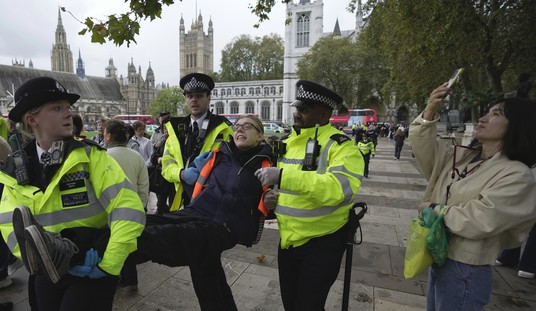A bipartisan group of 16 Senators — nine Republicans and seven Democrats — have reached an agreement to reform the archaic and ambiguous 1887 law that governs the counting of electoral votes.
“From the beginning, our bipartisan group has shared a vision of drafting legislation to fix the flaws of the archaic and ambiguous Electoral Count Act of 1887. Through numerous meetings and debates among our colleagues as well as conversations with a wide variety of election experts and legal scholars, we have developed legislation that establishes clear guidelines for our system of certifying and counting electoral votes for President and Vice President. We urge our colleagues in both parties to support these simple, commonsense reforms.”
Does the Electoral Count Act of 1887 really need “reforming”? Both sides agree it’s confusing and ambiguous and led to completely unnecessary strife on January 6.
But was the ambiguity in the Act intentional? Did it serve a higher purpose?
Even if it did, it’s difficult to argue that reform isn’t necessary given what happened in the lead-up to the Capitol riot.
The new legislation, the Electoral Count Reform Act of 2022 (ECRA), would enshrine the vice president’s “ministerial” role rendering that person powerless to alter the electoral count; dramatically raise the number of congressional objectors required to challenge a state’s results to 20%, or one-fifth of members, in both chambers — a jump from the current requirement of one in each house; clarify that states may not select electors after Election Day; and dictate what happens if an alternate slate of electors is presented to Congress, according to a one-sheet released from the group.
There are actually two bills presented related to election reform. The first, the Electoral Count Reform and Presidential Transition Improvement Act, “would reform and modernize the outdated Electoral Count Act of 1887 to ensure that electoral votes tallied by Congress accurately reflect each state’s vote for President. It would replace ambiguous provisions of the 19th-century law with clear procedures that maintain appropriate state and federal roles in selecting the President and Vice President of the United States.” The bill takes direct aim at Donald Trump’s efforts to overturn the 2020 election by eliminating ambiguity regarding the vice president’s role in counting electoral votes and forbidding any state from sending an alternate slate of electors to be counted.
There will be an Enhanced Election Security and Protection Act that will raise penalties for threatening or attacking election officials, poll watchers, voters, or candidates. It would also “improve the handling of election mail by the U.S. Postal Service and provide guidance to states to improve their mail-in ballot processes.”
Vice President Pence believes he didn’t have the authority to give Donald Trump the election or alter the electoral count in any way. But Trump asked him to do so because of the law’s ambiguity. The 1887 law was also ambiguous in the matter of “false” electors. Trump’s legal team believed they could send replacement electors who would have voted for Donald Trump and that Republican officials would have allowed it. It was a harebrained scheme from the start and since it involved electoral fraud, some people may go to prison for it.
Both bills face an uncertain future in the Senate, but Minority Leader Mitch McConnell has voiced his approval of some of the bill’s language. Still, getting 60 votes for election reform is going to be hard.










Join the conversation as a VIP Member